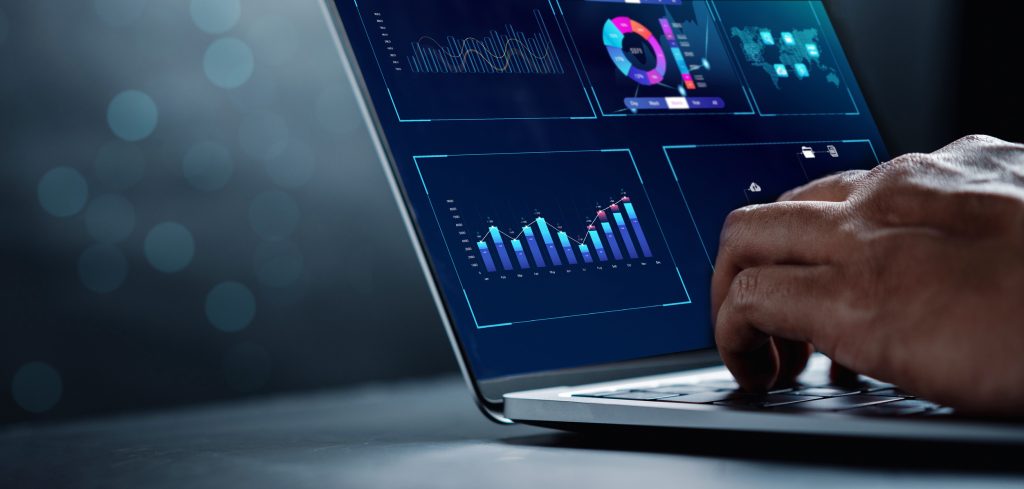
As a property manager, you’re constantly looking for ways to reduce operating costs, increase property value, and enhance tenant satisfaction. One of the most overlooked — yet powerful — strategies to achieve these goals is implementing energy and utility measurement systems. These systems do more than just track usage; they can offer actionable insights that can significantly improve operational efficiency and sustainability.
In this blog, we’ll explore what energy and utility measurement systems are, their key features, and how they can benefit your property portfolio.
What Are Energy and Utility Measurement Systems?
Energy and utility measurement systems are technologies designed to monitor, record, and analyse consumption of utilities such as electricity, gas, waste, water, and Air Conditioning systems. These systems range from smart meters and submeters to integrated platforms with real-time analytics and automated reporting.
Key Features of Energy & Utility Measurement Systems
1. Real-Time Monitoring
These systems provide real-time or near-real-time data on energy and utility usage. This allows property managers to identify abnormal spikes or inefficiencies as they happen.
2. Submetering Capabilities
Submetering lets you track utility usage at the unit, tenant, or equipment level. This is especially valuable for multi-tenant buildings where fair billing is crucial.
3. Automated Reporting & Alerts
Many systems can generate regular usage reports, track trends over time, and send alerts if usage deviates from normal patterns — helping to spot leaks, malfunctions, or inefficiencies early.
4. Integration with Building Management Systems (BMS)
Advanced platforms can integrate with HVAC, lighting, and other building systems to create a holistic view of building performance and allow for oversight.
5. Benchmarking & Compliance Tools
Some systems offer tools to help with regulatory compliance, green building certifications (like LEED or BREEAM), and industry benchmarking.

The Benefits for Property Managers
Cost Savings
By identifying inefficiencies and waste, energy measurement systems can drive down utility costs. Submetering allows for fair billing, ensuring tenants are only paying for what they use — and encouraging them to conserve.
Sustainability Goals
Tracking energy and water usage is essential for any property aiming to reduce its environmental impact. Measurement systems enable targeted efforts toward energy reduction and sustainability goals.
Improved Property Value
Energy-efficient and data-driven properties are more attractive to investors and tenants alike. Demonstrating efficient utility use and environmental responsibility adds to the property’s market value.
Preventative Maintenance
Real-time alerts and historical usage trends can help identify equipment issues before they become costly repairs — extending the life of major systems and reducing downtime.
Tenant Satisfaction and Retention
Accurate billing through submeters, quicker resolution of utility issues, and a greener footprint all contribute to a better tenant experience and higher retention rates.

Who should use Energy Measurement Systems?
- Office Buildings: Submetering helps allocate utility costs by floor or tenant, simplifying agreements and cost-sharing
- Retail Spaces: Detecting HVAC inefficiencies during off-hours can prevent energy waste and reduce overhead costs.
- Industrial Complexes: Monitoring energy usage by equipment helps manage peak demand and avoid overage fees.
- Sports Complexes: Measuring energy and water usage across your complex.
Getting Started
Implementing an energy measurement system can be as simple or advanced as your property requires. Start with a basic audit to identify where your current blind spots are. We would be delighted to talk to you our Acutrace Platform
Stay ahead of the curve — start measuring to start your energy transition
Talk to us today